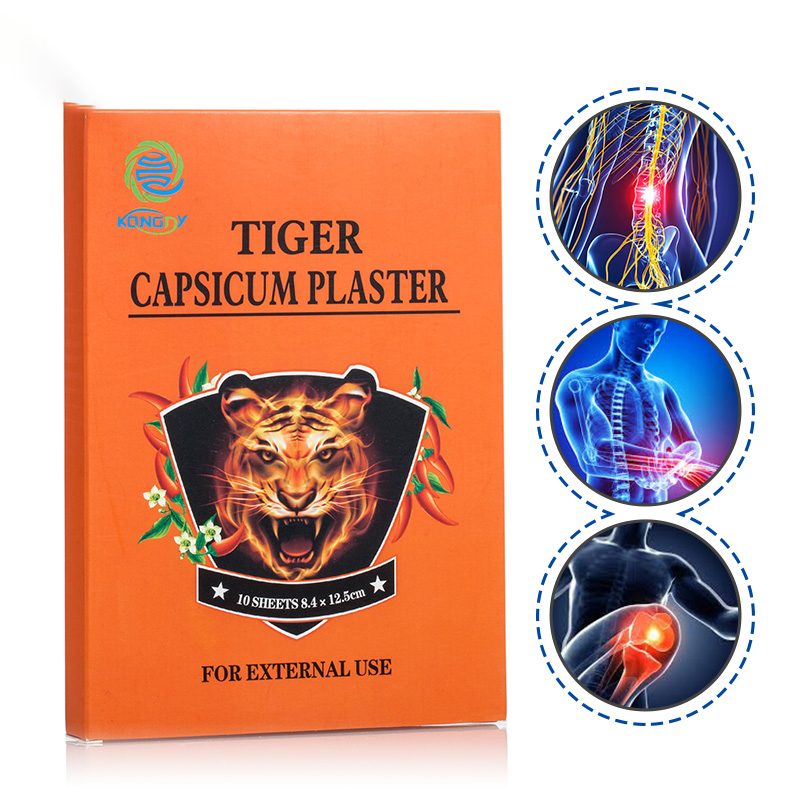Author:Kangdi 09-11-2023
Capsicum plaster is an emerging pain relief option that contains capsaicin, a compound extracted from chili peppers. This natural ingredient has been shown to effectively alleviate many types of muscle and joint discomforts. In this article, our pain management expert Dr. Amanda Chen provides an in-depth review of capsicum plaster based on medical studies and her clinical experience.
“In my practice, I am always searching for safe, non-addictive ways to reduce my patients' pain,” says Dr. Chen. “Capsicum plaster has proven to be an excellent alternative to medications like NSAIDs that can cause gastrointestinal, liver and cardiovascular risks with long-term use.”
01. Powerful Pain-Blocking Effects
Capsaicin works by depleting substance P, a neurotransmitter that sends pain signals to the brain. Research shows that regular use of capsaicin leads to desensitized pain nerve fibers. Capsicum plasters allow for convenient, continuous delivery of capsaicin directly to the source of pain. Studies demonstrate they can reduce arthritis pain by 50% or more within a week or two of use.
02. Fast-Acting Relief
In addition to blocking pain signals, capsaicin stimulates nerve fibers that transmit feelings of heat. Patients often report an immediate soothing, warm sensation when applying capsicum plaster that helps muscles relax. When capsaicin is delivered topically, relief can begin within minutes as the active ingredients absorb into the skin.
03. Improved Functionality
Per Dr. Chen's observations, capsicum plaster not only lessens pain severity, but also allows for a greater range of motion and increased physical activity. Being able to move more freely greatly improves quality of life, especially for those with chronic joint issues. Capsicum plaster is a safe way to gain back flexibility.
“For my patients needing accessible, over-the-counter relief from back pain, osteoarthritis, sprains or other musculoskeletal problems, I highly recommend trying capsicum plaster,” concludes Dr. Chen. “This simple intervention can go a long way to improving movement and sleep quality without risks of medication side effects or addiction.”
 0086 19937104978
0086 19937104978





